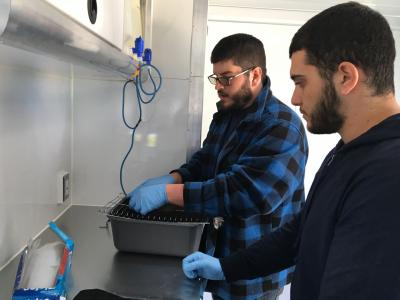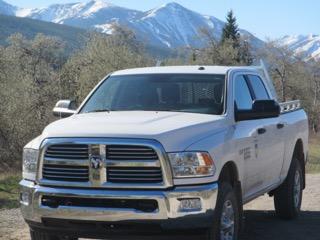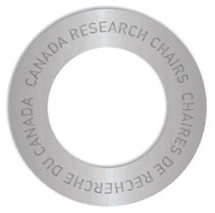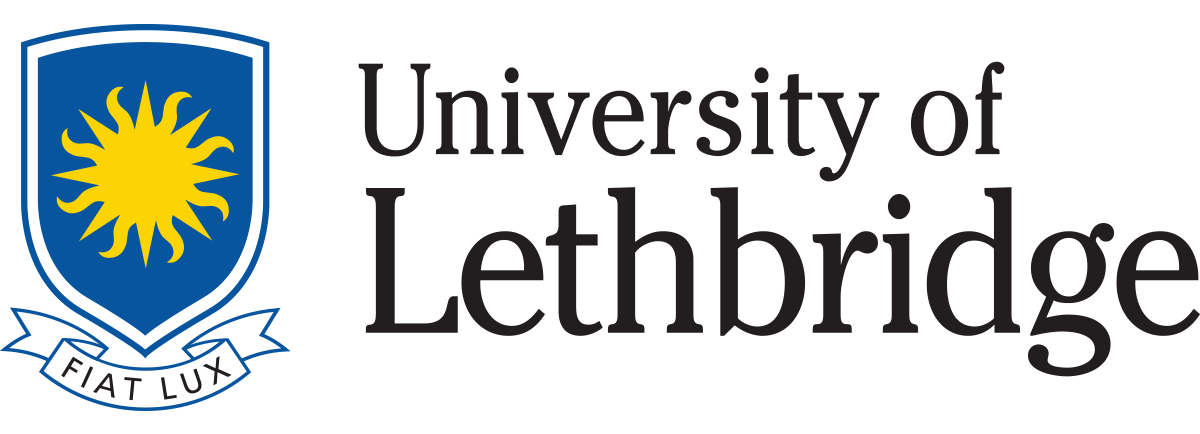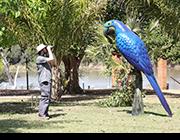Our lab is now located in Destination Place Science and Academic Building, the largest infrastructure investment in the history of our university. Within this building, we have dedicated dry lab space for workstations, storing the slide collection and lab meetings as well as shared wet lab space for dissections and histology.
Microscopy
We have a dedicated Zeiss Axioplan epifluorescent microscope with LED light source, a motorized stage and the latest StereoInvestigator software for counting cells, measuring cell sizes and calculating brain region volumes.
We also have an Olympus VS-120 high-resolution slide scanner. The slide scanner enables us to create virtual slides of any of our sectioned brains using brightfield, darkfield or fluorescence and it can accommodate a range of slide sizes. We have used it to scan many brains in our collection from hummingbirds to turkey vultures. With oil immersion 40x and 100x objectives, we also use the slide scanner to create virtual, 3D slides of our Golgi stained tissue. From these images, we can analyze neuron morphology on our Neurolucida 360 workstation.
Wet Lab
Tissue processing and dissections occurs in the shared wet lab space where we have a dedicated dissection microscope and two freezing stage microtomes. In addition, we have access to cryostats, a vibratome and an ultramicrotome, all of which have been used by our lab to section brains and nerve samples for autoradiography, Golgi staining and transmission electron microscopy. Shared access confocal microscopes and a transmission electron microscope are also available, as is our resident microscopy technician Dr. Maurice Needham.
Fieldwork
To support our fieldwork, we have Song Meters, several trail cameras a laptop with Avisoft SASLab Pro for bioacoustic analyses and a wide range of wire traps for capturing shrews, voles, squirrels, grouse, pigeons, muskrats and many other species. Getting to and from field sites is enabled by our field vehicle, a twin-cab, 4x4 pick-up truck (affectionately referred to as 'Berta).
Our fieldwork has taken us around Alberta, especially areas immediately around Lethbridge, Castle Mountain in the southeastern Rockies, and Buck Lake in the central foothills. Further afield, we have collected Franklin's ground squirrels at Delta Beach, Manitoba and Columbian ground squirrels on the outskirts of Fernie, British Columbia. Currently, we are working on plans to collect specimens in New Mexico as well as potentially areas in the Caribbean and Chile.
